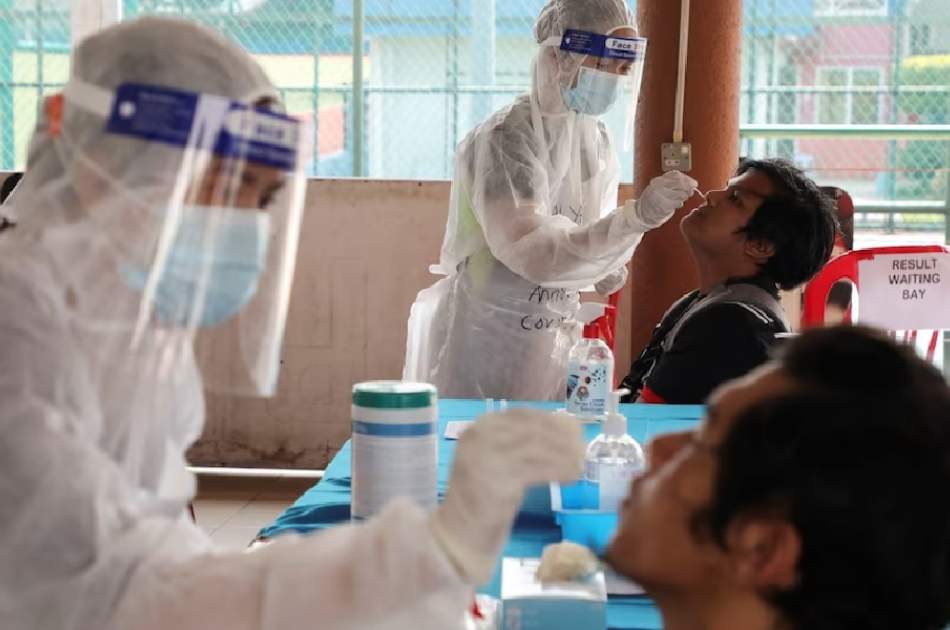According to a leading World Health Organization official, a highly mutated COVID variant called BA.2.86 has now been detected in Switzerland and South Africa in addition to Israel, Denmark, the U.S. and the U.K.
Publish dateSunday 27 August 2023 - 11:39
Story Code : 275619
Afghan Voice Agency (AVA)_Monitoring, The Omicron offshoot carries more than 35 mutations in key portions of the virus compared with XBB.1.5, the dominant variant through most of 2023 – a number roughly on par with the Omicron variant that caused record infections compared to its predecessor.
It was first spotted in Denmark on July 24 after the virus infecting a patient at risk of becoming severely ill was sequenced. It has since been detected in other symptomatic patients, in routine airport screening, and in wastewater samples in a handful of countries.
A dozen scientists around the world said while it was important to monitor BA.2.86, it was unlikely to cause a devastating wave of severe disease and death given immune defenses built up worldwide from vaccination and prior infection.
“It’s still low numbers,” said Maria Van Kerkhove, COVID-19 technical lead at the WHO.
That the known cases are not linked suggests it is already circulating more widely, particularly given reduced surveillance worldwide, she said.
Scientists are testing how well updated COVID-19 vaccines will work against BA.2.86. Kerkhove noted that vaccines have been better at preventing severe illness and death than re-infection.
“We are in a very different phase (of the pandemic) than if this popped up in the first year,” said Marion Koopmans, a Dutch virologist who advises the WHO.
Dr. Nirav Shah, principal deputy director of the U.S. Centers for Disease Control and Prevention, said the agency and others spotted the new variant last week, held meetings with scientists throughout the weekend, and issued a risk assessment on Wednesday. There have been nine such cases detected as of Aug. 23 and the variant was also found in wastewater in Switzerland.
It appears that current tests and medications remain effective against BA.2.86, although the variant may be more capable of causing infection in vaccinated people and those who have had COVID previously, the assessment said. There is no evidence yet that it is causing more severe illness.
Still, the potential risk must be taken seriously, experts said, and surveillance must continue, if not at levels undertaken at the pandemic’s peak.
avapress.net/vdcjvie8huqeamz.92fu.html
Tags
Top hits







